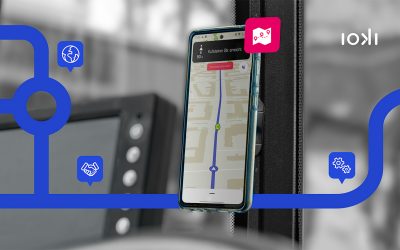After all, new forms of mobility such as e-scooters, on-demand services or car sharing can only develop their full potential in conjunction with public transport. In order to consequently establish a perfectly coordinated and interlocking mobility mix, we first identify the optimal operating area for the system changeover or the new offer, analyse the new solutions within the horizon of the existing ones and also think of important details such as the ideal planning of virtual stops.
Factors that are included in the planning of the new mobility offer include questions such as
- What are the effects of an on-demand system?
- Where is the optimal operating area for an on-demand system?
- What does an on-demand system cost?
- What are the right locations for sharing offers?
- In which areas do new mobility solutions make sense?
- How do new mobility solutions interact with existing ones?
- How good is an on-demand system compared to a timetable and line-based offer?
- What are the ideal locations for virtual stops to minimize walking distances and optimize traffic flow?
- How will the service level change when additional vehicles are added or removed from service?
- How will demand change depending on the day of the week and time of day?
The goal of any planning is always an individually tailored mobility product, such as the one we developed for the Krefeld public utility company. After a comprehensive simulation of the traffic behaviour of the population, we found that the existing public transport system met the demand during the day, but that there was a need for optimisation during the night time windows. In order to meet this need, the nightly on-demand shuttle service “Mein SWCar” has been operating in the city of Krefeld since August 2019.



